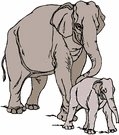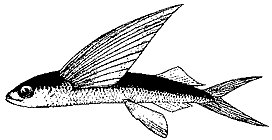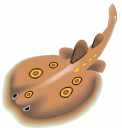
Worksheets and No Prep Teaching Resources
Reading Comprehension Worksheets
Animal Themes
Fish

Animal Themes
 Worksheets and No Prep Teaching Resources Reading Comprehension Worksheets Animal Themes Fish |
 Animal Themes |
| edHelper's suggested reading level: | grades 5 to 6 | |
| Flesch-Kincaid grade level: | 5.29 |
| Flying Fish |

|
 1 Out in the open sea live fearsome predators like sharks, tuna, and marlins. To get away unscathed from these speedy hunters is not an easy task. Yet, flying fish have a unique escape tactic that no other fish can imitate. They "fly"!
1 Out in the open sea live fearsome predators like sharks, tuna, and marlins. To get away unscathed from these speedy hunters is not an easy task. Yet, flying fish have a unique escape tactic that no other fish can imitate. They "fly"! |
Create Weekly Reading Books
Prepare for an entire week at once! |
| Leave your feedback on Flying Fish (use this link if you found an error in the story) |
 |
Animal Themes
|
 |
Fish
|
|
|